Understanding Different Types of Gemstones
A gemstone, also known as a fine gem, jewel, or precious/semi-precious stone, is essentially a piece of mineral crystal. The global jewelry industry depends heavily on a process called identifying gemstones. To make this easier, gemstones are generally classified into three main categories: Natural, Synthetic, and Imitation.
While consulting a professional gemologist every time we shop for jewelry is not always practical, having some basic knowledge about gemstones can be incredibly helpful. This knowledge helps us answer common questions like:
- Is the price reasonable?
- How can I be sure about the quality?
- What features should I look for?
- Is the seller trustworthy?
The better we understand how gemstones are created, the more confident we become as buyers. And if you are a jewelry-maker, this knowledge also allows you to explain to your customers what exactly goes into your creations. Let’s explore the three categories in detail.
Natural Gemstones
Natural gemstones are formed entirely by nature without any human involvement. These stones are created over thousands or even millions of years under the earth’s surface. They can be found along riverbeds, rocky cliffs, and deep underground deposits, but rarely on the surface.
Once mined, natural gemstones are cut, shaped, and polished to bring out their brilliance. Their rarity, natural beauty, and durability make them the most sought-after type of gemstone.
Synthetic Gemstones
Synthetic gemstones are produced in laboratories or factories. They are not natural but are designed to mimic natural gems by replicating the same chemical and physical conditions. While nature takes centuries to produce a single gem, scientists can create a synthetic one within days.
Though visually similar to natural stones, synthetic gems can often be distinguished by experts using advanced testing methods. They are generally more affordable and widely available.
Imitation Gemstones
Imitation gemstones are simulated stones made from materials like glass, plastic, or ceramic. Unlike natural or synthetic gems, they do not share the same chemical properties as real stones. Their primary purpose is to resemble the appearance of natural gems, often used as cost-effective alternatives in fashion jewelry.
Frequently Asked Questions (FAQs)
1. How can I tell if a gemstone is natural or synthetic?
Natural gemstones usually have slight imperfections or inclusions, while synthetic stones often appear flawless. A professional gemologist can confirm authenticity using specialized tools.
2. Are synthetic gemstones considered fake?
No, synthetic gemstones are not fake. They have the same chemical and physical properties as natural stones but are created in laboratories. They are real gems, just not naturally formed.
3. What are imitation gemstones used for?
Imitation gemstones are mostly used in fashion or costume jewelry. They are affordable alternatives but do not have the same durability, rarity, or value as natural or synthetic stones.
4. Why are natural gemstones more expensive?
Natural gemstones are rare, formed over thousands of years, and often mined in limited quantities. Their scarcity and uniqueness increase their value compared to synthetic or imitation stones.
5. Is it safe to buy gemstones online?
Yes, but always ensure you are buying from a trusted seller. Look for certificates of authenticity, customer reviews, and secure payment methods to protect your purchase.
Conclusion
Among all three categories, natural gemstones remain the most in demand due to their rarity, authenticity, and natural charm. By understanding the difference between natural, synthetic, and imitation stones, you can shop more confidently and even think a little like a gemologist when buying jewelry.

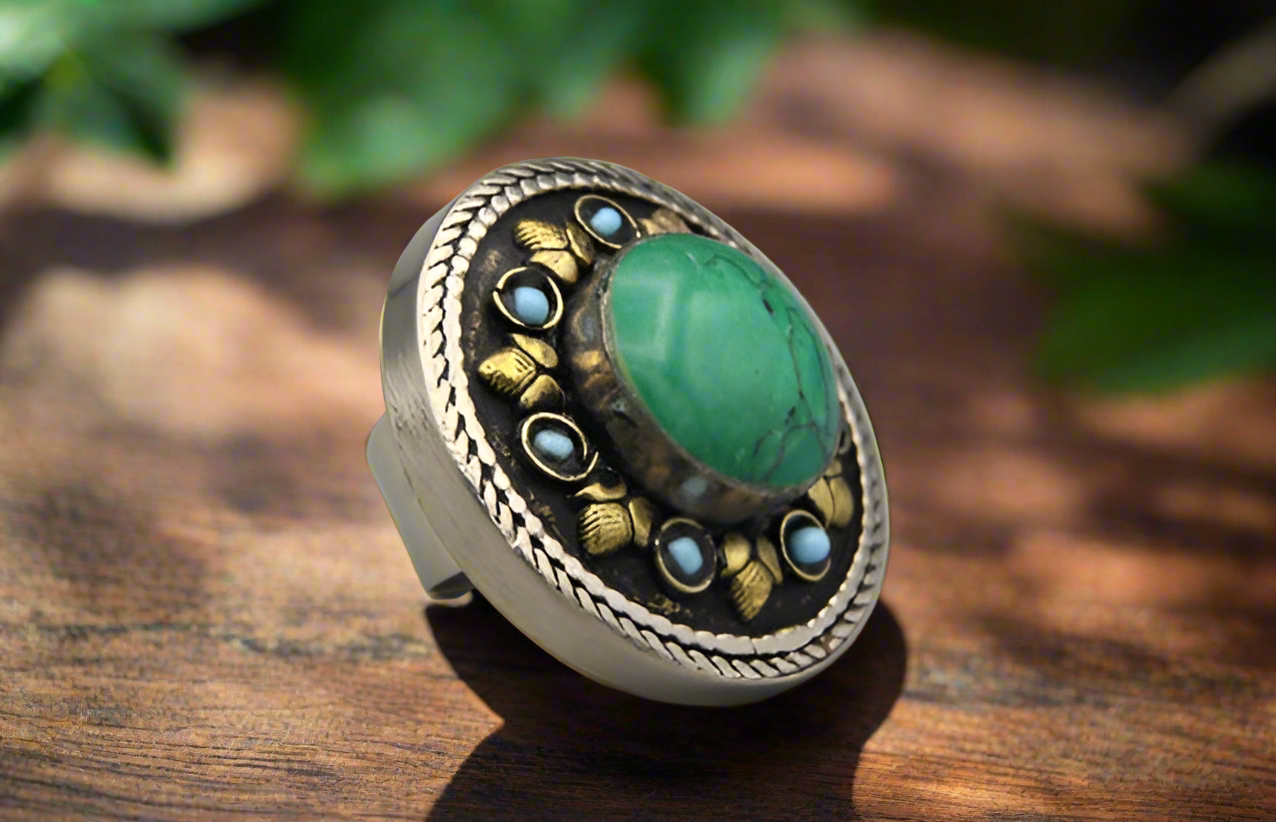
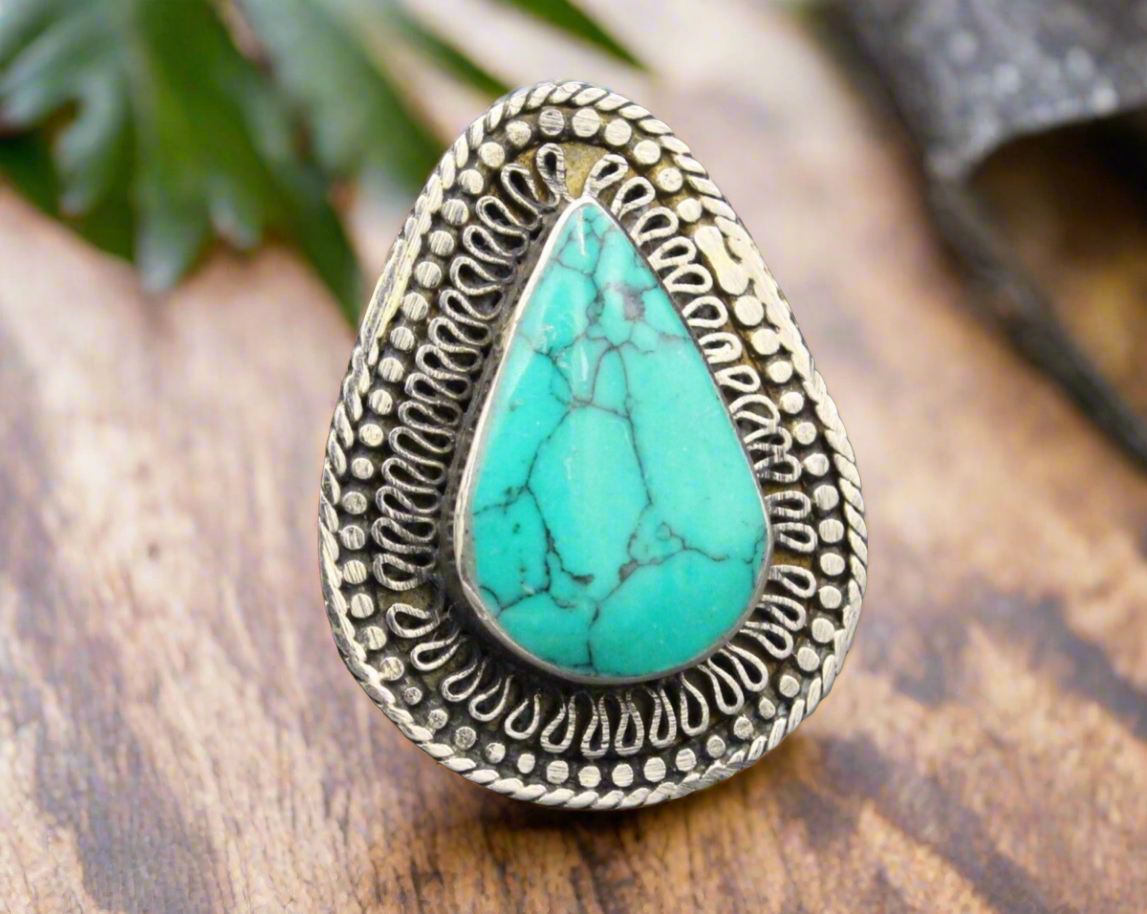
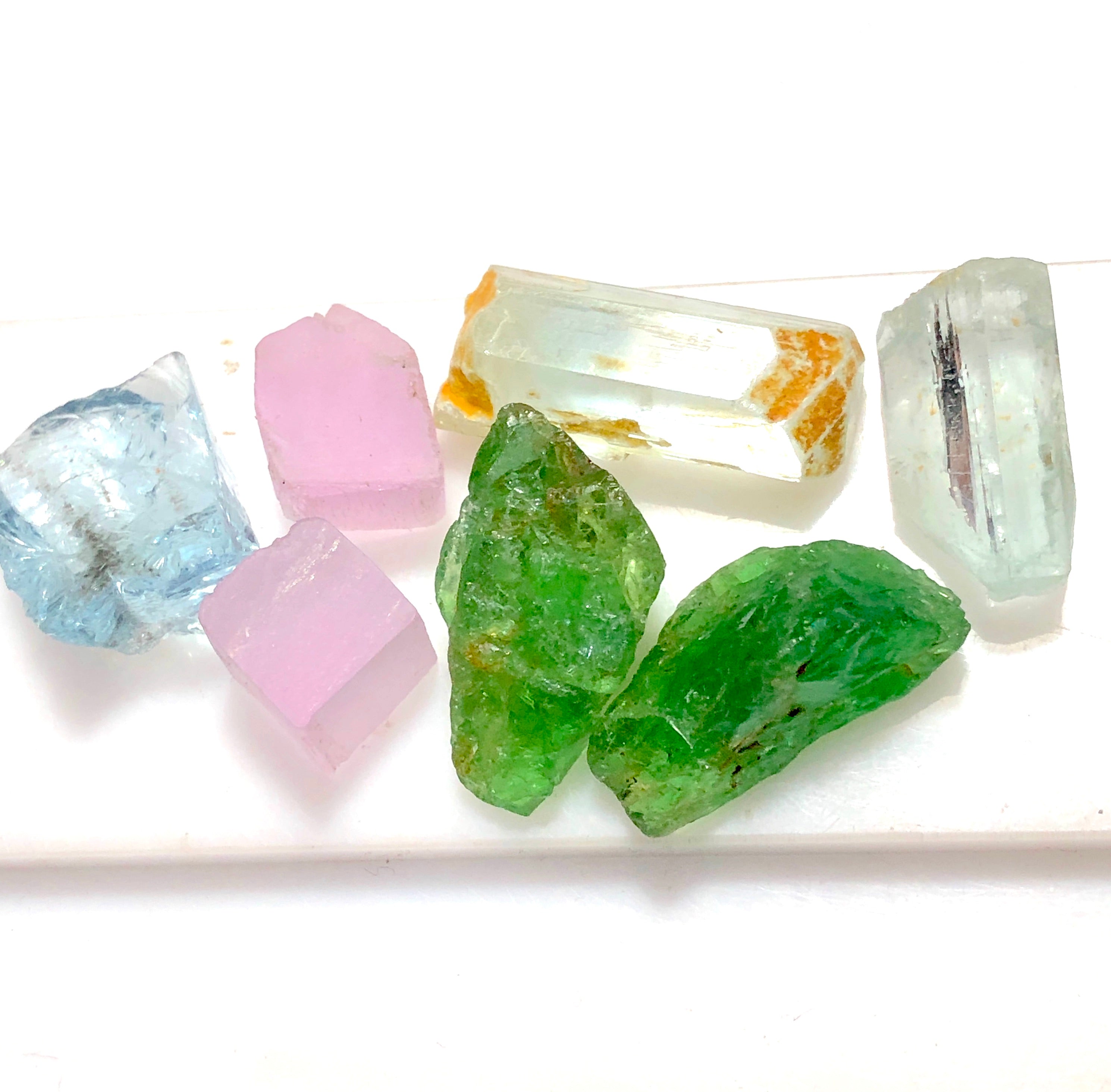


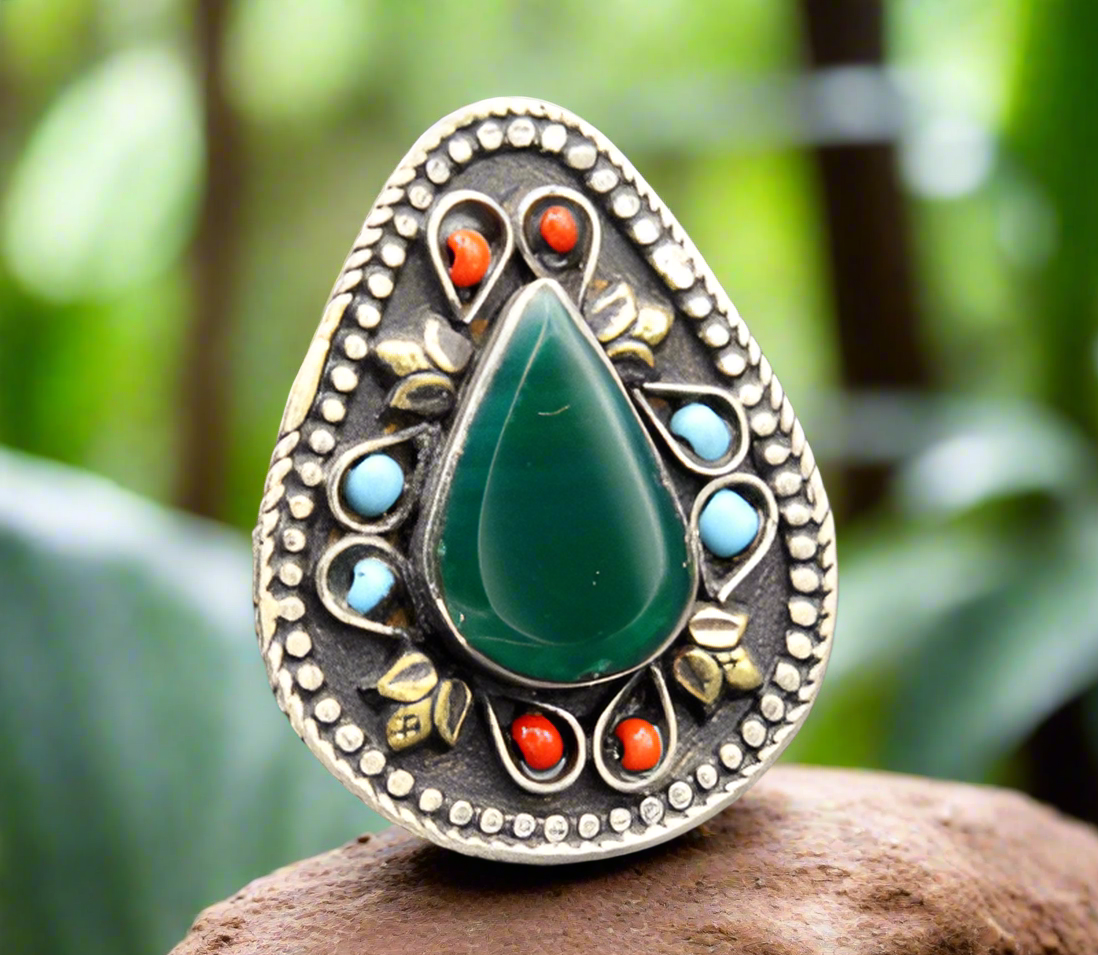
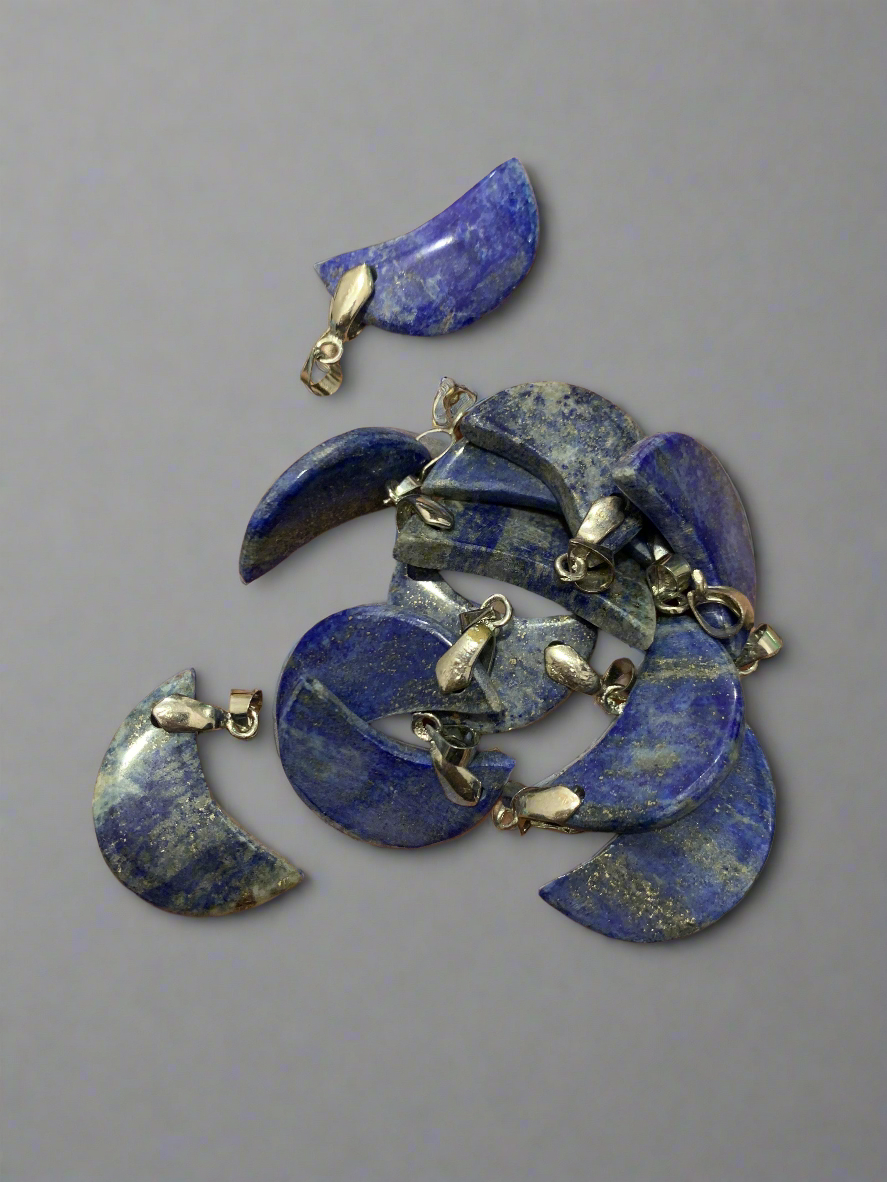
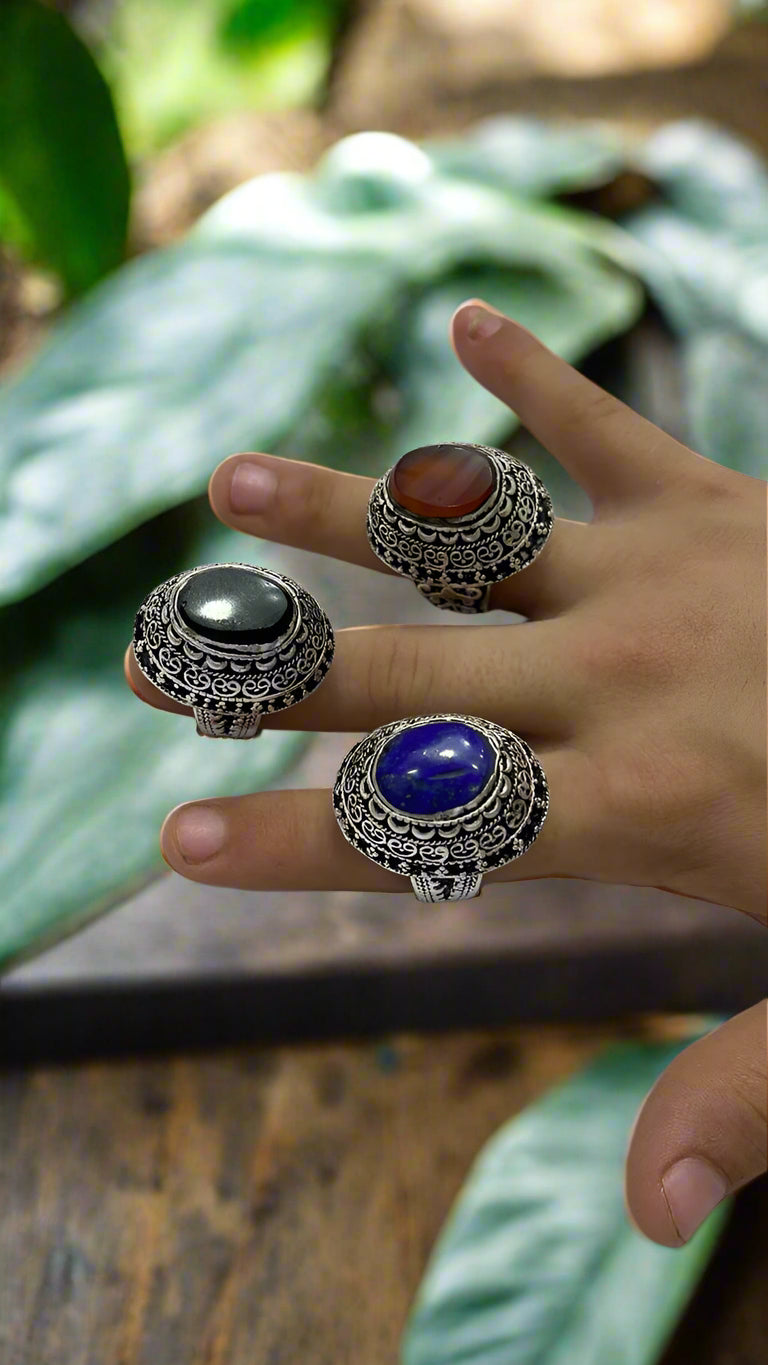



0 comments